I Threw My Stepmom Out of My Dad’s House — It’s Not a Free Hotel

Fantasmagorie is said to be the first animated film ever. It was made in 1908, and it’s one of the earliest examples of hand-drawn animation. But did you know that ancient people entertained children with cartoons about 2.6 million years ago?
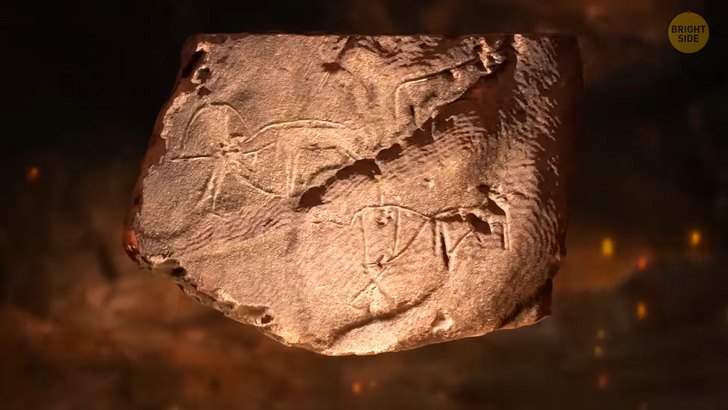
A new study reveals that ancient people were the ones who first made pictures look animated! How? They carved pictures of animals on stones and placed them around fires. When the light starts bouncing around, those ancient animals just can’t help but shake it and shimmy!
The prehistoric carvings come to life in the flickering firelight, with those animals jumping in and out of focus like they’re ready to party. Imagine how fun it would have been for prehistoric families to sit around a fire and create these animated carvings. It turns out that even some of the ancient wall paintings and carvings found in caves were inspired by their appearance in the moving light and shadows of flames.
So basically, these old-timey carvings were made to come to life when firelight hit them, and now researchers made a movie showing that cool effect on a 3D model of some horse engravings. The study says our brains are wired to see moving things in changing light, which is why these carvings probably mattered to our ancestors. In other words, cave people were like, “Hey, let’s carve some cool stuff on this rock, and when we light a fire, it’ll look like it’s moving!” And now these scientists were like, “That’s awesome! Let’s make a movie to show this, everyone!”
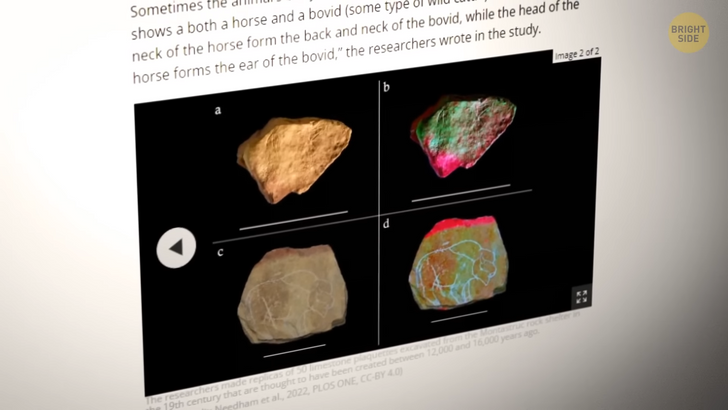
Andy Needham and his teammates used modern scanning and virtual reality tech to study 50 flat, carved rocks called “plaquettes” made of limestone. These rocks were found in southern France back in the 1800s and now sit in a museum in London. They are covered in 77 realistic carvings of all sorts of animals, like horses, reindeer, and chamois. Apparently, Homo sapiens, with a lot of time on their hands, made these engravings a whopping 12,000 to 16,000 years ago.
Needham realized that many of these carved rocks were harmed by fire, some covered in white ash, others dried or fractured because of heat. Upon closer examination, he discovered pink bands of discoloration resulting from iron deposits in the stone. What’s more interesting is that the animal engravings were often superimposed on top of each other, sometimes even melded together or fitted around each other like some kind of prehistoric animal jigsaw puzzle.
Rather than tossing out the old and starting anew, the ancient artists took animal body parts to create new hybrids. For instance, one of the rocks depicts both a horse and a wild cattle-like creature known as a “bovid.” In this masterpiece of prehistoric art, the horse’s abdomen and neck become the back and neck of the bovid, while the horse’s head forms the bovid’s ear. What a creative way of recycling!
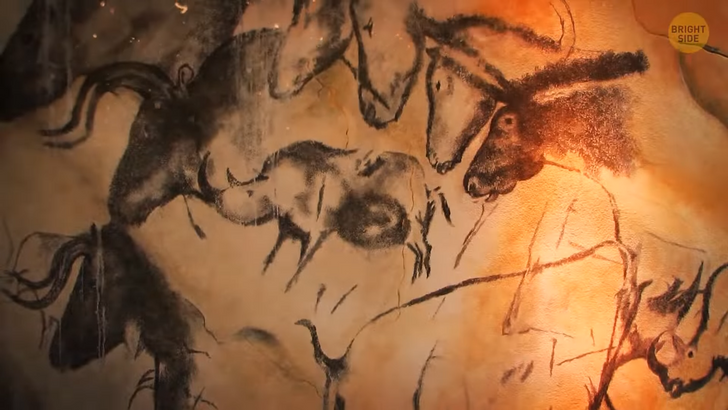
Researchers believe that the prehistoric rocks from Montastruc were used as prime-time entertainment for our ancestors. More than one person carved the animals. People from different levels of skills showed their artistic glory, and it was a group effort. The fact that these rocks were found together also suggests that this was a community activity. So, it’s like families were all gathered around the TV, carving rocks and cheering on their favorite carved animals. Who needs Netflix when you have Paleolithic TV?
The engravings on these rocks and the signs they were exposed to heat suggest they were created to look like they were moving. Sometimes you see different animals in different poses, so one would come to life, and then another, and then a different one. It’s like a Stone Age version of Disney.
Similar techniques might have influenced some of the ancient cave paintings, such as those at the breathtaking Chauvet Cave in southeastern France. The animal portraits there are also overlaid on each other, and some look like they were heated by fires underneath them, which means that our prehistoric ancestors might have been the first animators in the world.
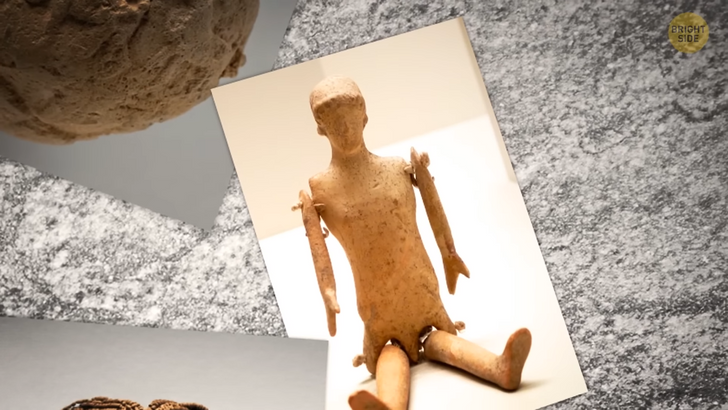
Alright, since we talked about young people’s favorite pastime activity, shall we take a trip back in time to discover the world’s oldest toys? One of the most ancient toys discovered was a simple ball made from clay and found in the ruins of ancient Mesopotamia. It might seem like a simple toy, but our ancestors were playing with them as far back as 3,000 BC. But back then, they didn’t have fancy video games or elaborate board games, so a ball was the pinnacle of entertainment. But the Mesopotamians weren’t the only ones having fun.
In Ancient Greece, children played with dolls made of clay. In Egypt, kids had toys shaped like animals, but they also had dolls made from materials like clay, papyrus, and ivory. But the most impressive thing about these dolls? They had movable limbs! That’s right; our ancient ancestors were playing with articulated dolls before it was cool.
But it’s not all fun and games. Toys also had a practical purpose back in the day. In fact, many of the toys discovered by archaeologists were actually used to teach children important skills. For example, Egyptian children played with dolls that were shaped like doctors, which helped them learn about medicine and healthcare.
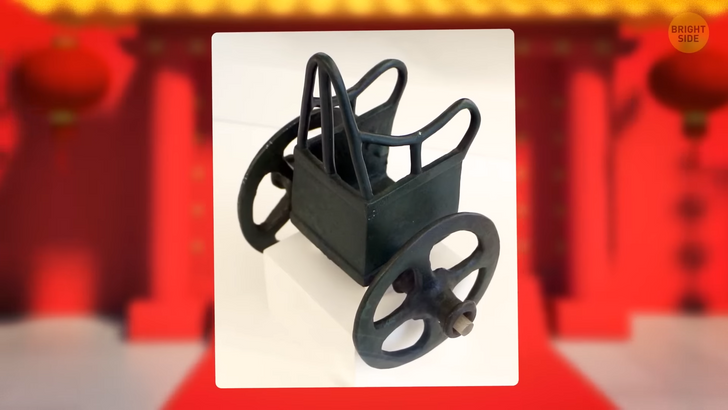
And let’s not forget about the toys that were used to train future warriors. In ancient China, kids played with toy horses and chariots, which helped them prepare for a life of battle. Talk about getting a head start on your career!
Moving on to “primitive” board games, which have been around for over 5,000 years. The oldest board game is called “Senet” and was discovered in ancient Egyptian tombs. It’s a bit like a cross between chess and backgammon, and it was so popular that it was played for over 2,000 years. Now that’s a game with staying power.
But let’s not forget about toys for the little ones. Archaeologists have found ancient rattles and whistles that were used to entertain even younger members of their families. And if you thought your kid’s toy collection was impressive, just wait until you hear about the ancient Egyptian princess who had over 100 wooden toys in her chamber.
But perhaps the most surprising toy of all was the yo-yo. That’s right; the yo-yo has been around for over 2,000 years! It was first invented in Ancient Greece and was often used in battle, believe it or not. But eventually, people realized that it was much more fun to just play with it and do tricks.
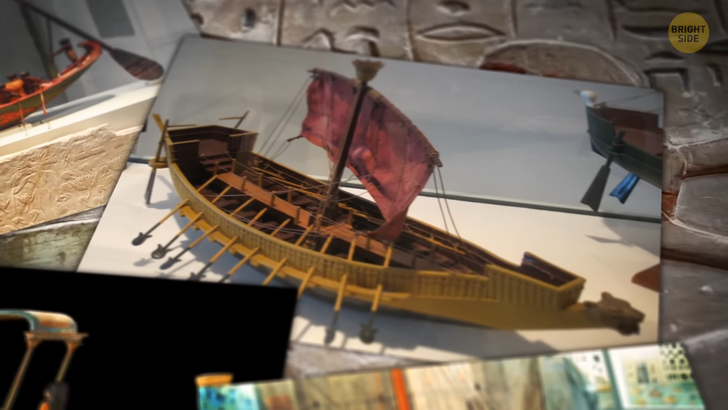
Marbles are also around as a toy that has been entertaining kids (and some adults) for thousands of years. Archaeologists have found evidence of marble dating back to around 5,000 years ago in the Indus Valley Civilization. Back in those days, marbles were made from all sorts of things. Want to take a wild guess? Okay, I’ll tell you — fruit pits and small pieces of smoothed stone. That’s right; those ancient kids were getting creative with their playthings. Some artisans even went the extra mile and crafted marbles from clay.
Let’s head back to ancient Egyptians and their adorable miniature boats made from ivory, wood, and clay. These miniatures may be acknowledged as toys, but they were also meant to represent crossing over to “the other side”. Viking kids had similar types of items too. A wooden toy boat, over a thousand years old, was found on a farmstead near the coast of Norway.
This toy looked like a real boat, and it would have been the ultimate cool thing, just like how kids today go nuts over race cars and drones. You can imagine little ones back then showing off their toy boats to their friends. Many of these toys are still pretty fun to play with today. There are many others left aside, like toy soldiers and spinning tops. Do you want to know more about ancient toys or gadgets from the early days of cinema?











